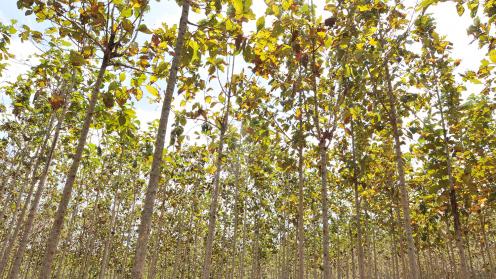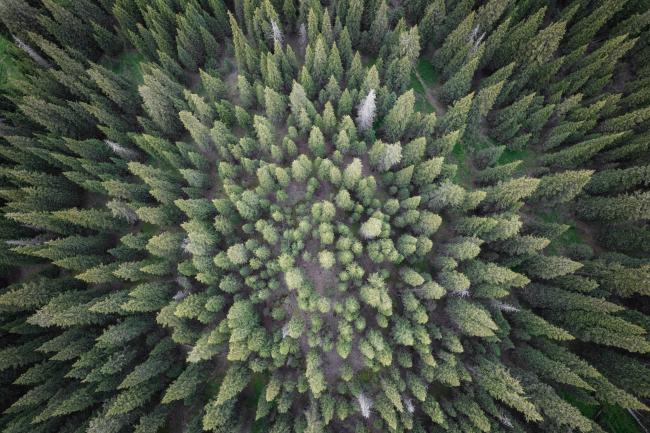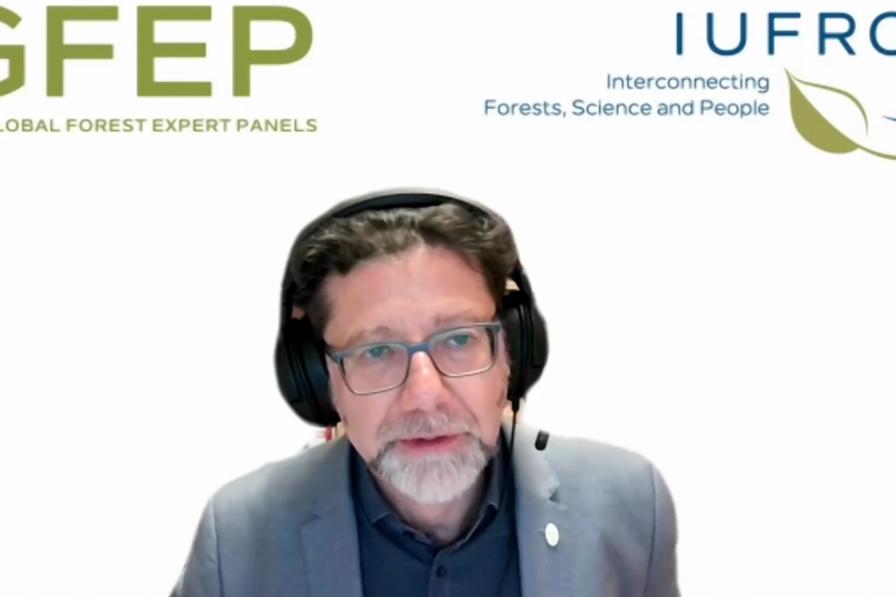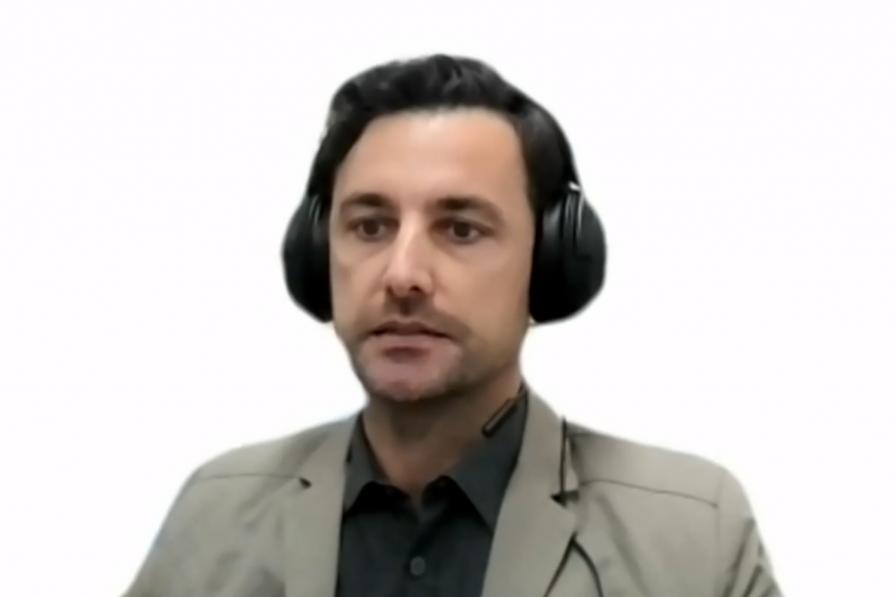Stopping forest loss and restoring degraded forests are among the key actions needed to combat climate change, conserve biodiversity, and protect human health and the environment. Parties to the UN Framework Convention on Climate Change (UNFCCC) initially conceived REDD as a way for high-income countries to pay low- and middle-income countries to reduce greenhouse gas emissions from deforestation and forest degradation. In 2010, a UNFCCC decision expanded REDD to include conservation of forest carbon stocks, sustainable management of forests, and enhancement of forest carbon stocks (REDD+).
The International Union of Forest Research Organizations (IUFRO) has assessed the benefits of REDD+ impacts on, among others, climate mitigation. The report by IUFRO Global Forest Expert Panels (GFEP), titled Forests, Climate, Biodiversity and People: Assessing a Decade of REDD+, was launched at a hybrid event during the World Forestry Congress in the Republic of Korea, where authors and stakeholders from around the world outlined challenges faced and proposed ways to strengthen REDD+ initiatives.
Introduction to Findings
Christoph Wildburger, Programme Coordinator, IUFRO GFEP, introduced the lead authors, noting the pivotal role of forests in regulating climate.
John Parrotta, IUFRO President and lead author, stated that forests are only “one part of the solution” to climate change, and that the transport and energy sectors are still the most effective ways to achieve mitigation. He observed that challenges in monitoring, reporting, and verification make it hard to fully assess REDD+ impacts; nevertheless, interest in forests as nature-based solutions has never been higher.
On REDD+ governance, Constance McDermott, University of Oxford, UK, called for greater transparency of REDD+ initiatives to local communities. She observed that REDD+ initiatives have placed a strong priority on measuring carbon, but there is no equivalent focus on measuring environmental and social safeguards.
Marieke Sandler, Food and Agriculture Organization of the UN (FAO), reported that countries’ self-reported data, as well as independent Earth observation, shows REDD+ is indeed having an impact, but its magnitude is difficult to measure as the cause-effect relationship is complicated.
Valerie Kapos, UN Environment Programme World Conservation Monitoring Centre (UNEP-WCMC), and Bhaskar Vira, University of Cambridge, UK, identified influences of REDD+ on biodiversity and people. Vira emphasized that socio-economic benefits should be intentionally integrated into REDD+ initiatives, and that the dynamics of inequality, the situation of Indigenous Peoples and local communities, and their access to land tenure and rights must be considered.
Stephanie Mansourian, IUFRO, stressed the private sector must be involved now, and that REDD+ contributes not only to climate mitigation but also to nature-based solutions, forest landscape restoration, and the net zero land degradation target.
During a Q&A session, participants discussed: the politics of REDD+ in relation to Indigenous and local communities; financial returns to countries, compared with the cost of their investment in REDD+ readiness; and the need for greater collaboration among REDD+ donors, as well as for collaboration among different sectors within countries.
Outcomes of Stakeholder Consultations in Asia and Latin America
Participants then viewed a compilation of video statements by local experts from India, Malaysia, the Philippines, Chile, Costa Rica, and Brazil. Nelson Grima, IUFRO, announced that a full report on the outcomes of a stakeholder consultation process to identify actions for improving REDD+ will be available by the end of the year.
Stakeholders highlighted that forest communities should be involved in the design of REDD+ projects from the outset. They cautioned that issues of poverty, livelihoods, land tenure, and land rights must be prioritize, if REDD+ initiatives are to have the desired impacts. They drew attention to emerging issues that could affect implementation, namely: the increasing prevalence of drought and forest fires; unplanned infrastructure development that increases forest fragmentation; and mismatch between government policies at the national and provincial levels.
Lessons Learned About Donor Support and Rulemaking
Dorinda Blies, Federal Ministry of Economic Cooperation and Development (BMZ), Germany, called for creating an enabling environment for forest conservation in partner countries, and for clear, science-based recommendations on how to improve the REDD+ implementation.
Dirk Nemitz, UNFCCC, stressed that REDD+ must move beyond demonstration projects to “nesting” these initiatives into larger, nationally-coordinated efforts. He noted the great potential that technological advancement now offers for better monitoring land-use change, and the need for training to keep pace so countries can best use the real-time, open-access data currently available.
In closing, Wildburger affirmed that REDD+, while promising, has not delivered “an easy solution.” He urged all concerned to support the role of forests in combating climate change and contribute to further shaping REDD+ activities.
To receive free coverage of global environmental events delivered to your inbox, subscribe to the ENB Update newsletter.




